
The history of water on early Mars is not certain. Determining when water first appeared, where and for how long, are all burning questions that drive Mars exploration.

According to a new analysis of the Lafayette Meteorite, minerals within it formed in the presence of water 742 million years ago. It's a real breakthrough in the dating of aqueous minerals on Mars.

Astrobiologist Dirk Schulze-Makuch believes that humans may have unintentionally killed life on Mars in the 1970s.
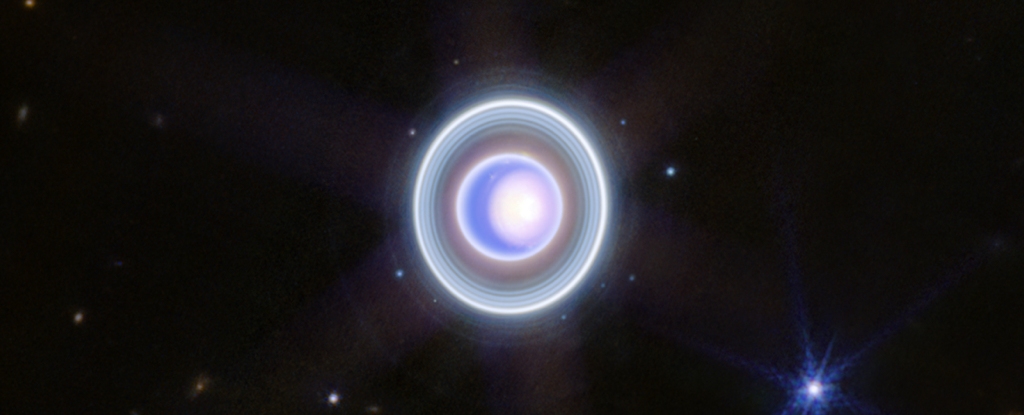
For decades, we've thought we had a pretty good grasp of Uranus. The penultimate planet, our best measurements suggest, has a whole slew of idiosyncrasies. And one of the most puzzling is its magnetic field.
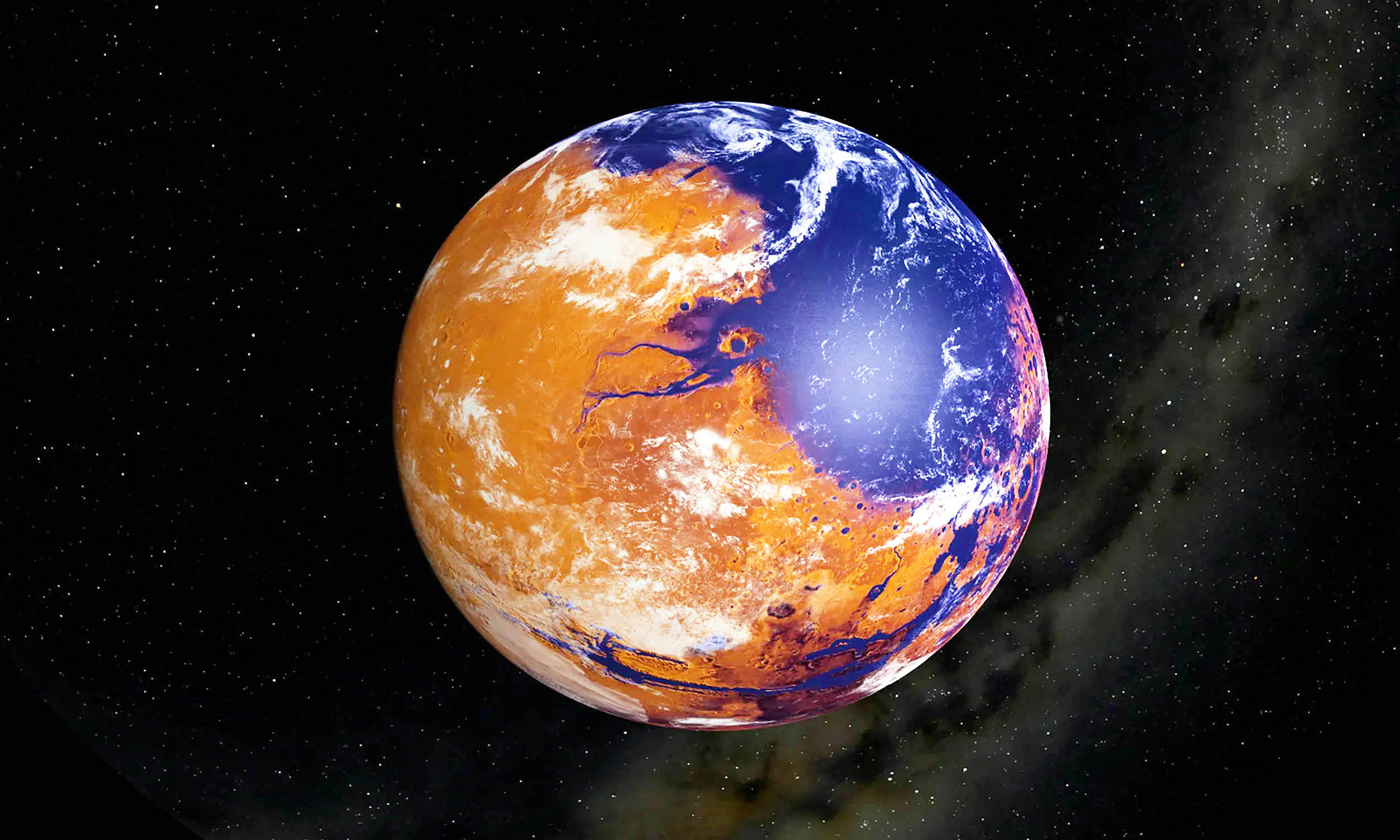
A Chinese rover has brought forth evidence that hints at the likelihood of a massive ocean, covering almost a third of the Red Planet, that existed billions of years ago.
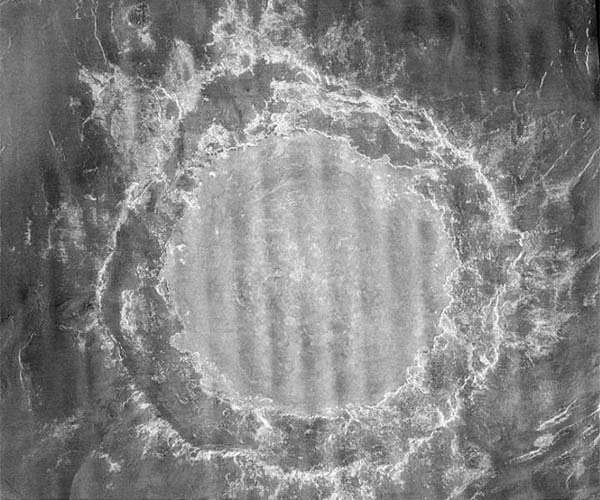
Researchers have discovered what may be a long-hidden record of ancient impact craters on Venus, shedding light on a planetary history distinct from Earth's.

The streaking Comet C/2024 S1 (ATLAS) has met a dramatic end, disintegrating as it approached its closest point to the sun this week.
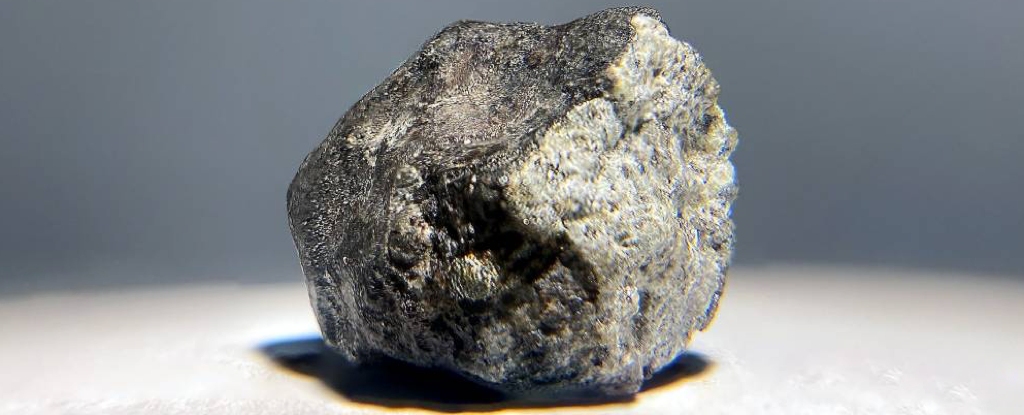
A set of new studies has just given us compelling origin stories for more than 90 percent of meteorites today.
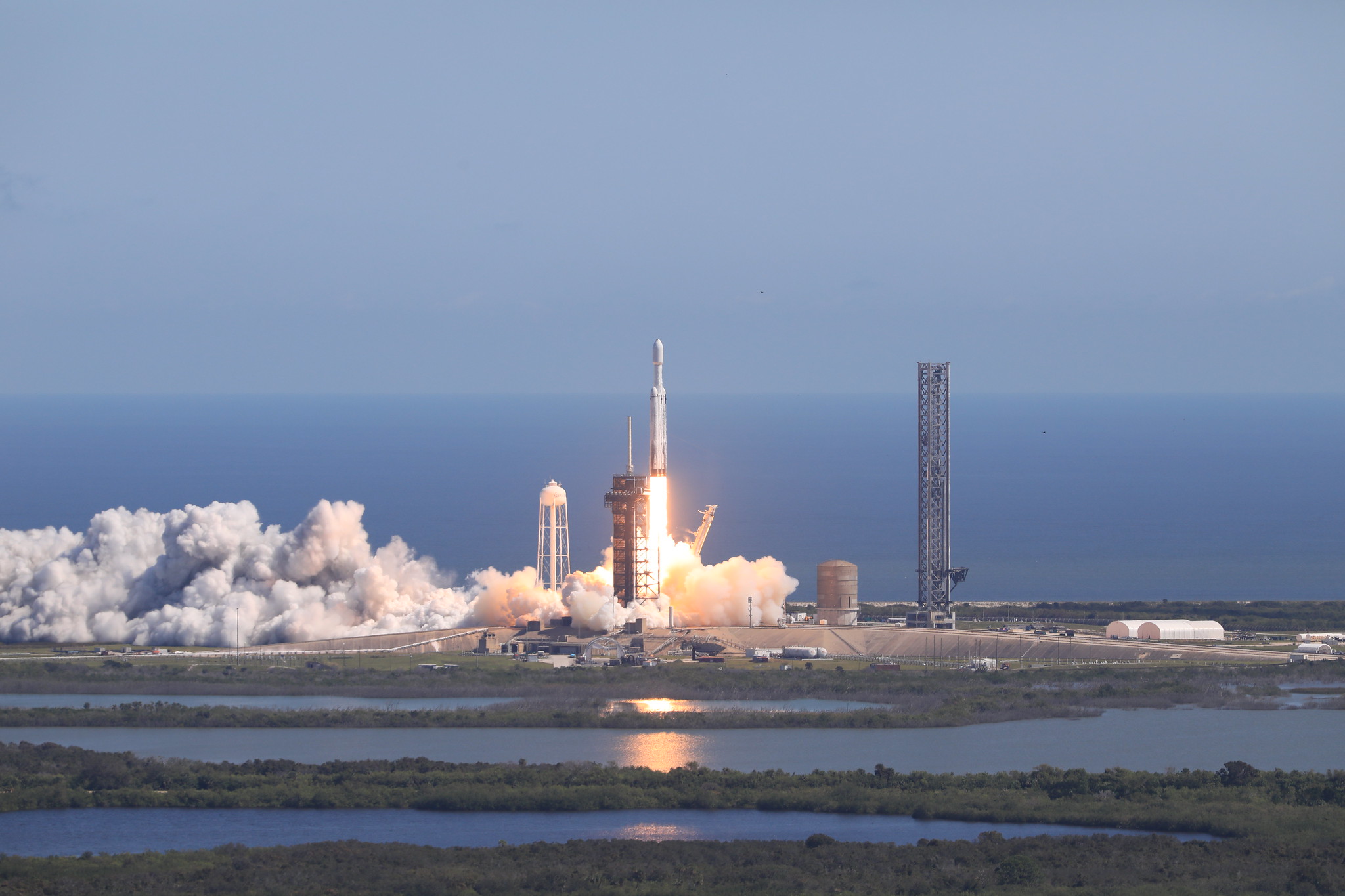
NASA’s Europa Clipper has embarked on its long voyage to Jupiter, where it will investigate Europa, a moon with an enormous subsurface ocean that may have conditions to support life.

Ceres’ crust is probably made from 90% ice today. Using data from NASA’s Dawn mission, scientists found it was likely once a muddy ocean world.

Researchers analyzed new data describing the Moon's rigidity under the gravitational influence of Earth and the Sun, finding its mass is unlikely to be solid all the way through.
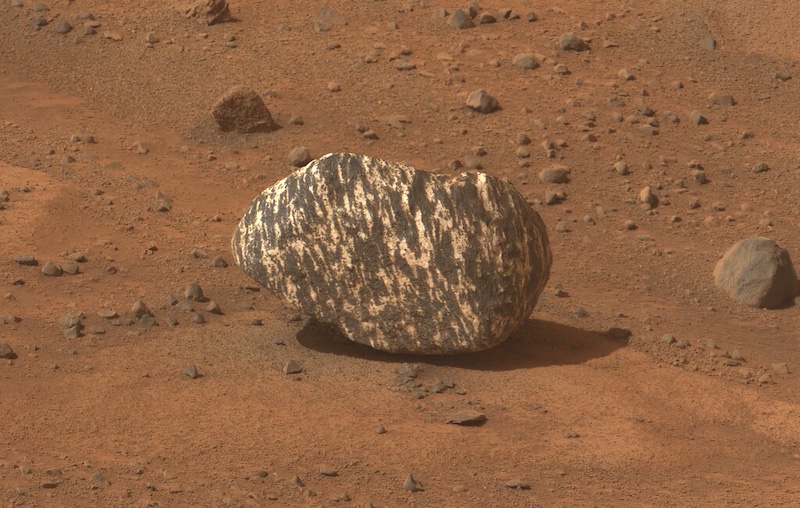
The science team thinks that igneous and/or metamorphic processes likely formed the rock.
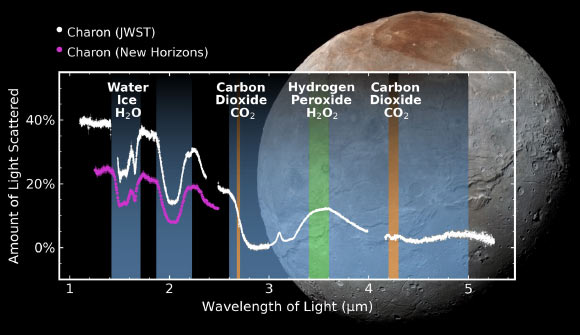
Using data from the Near-Infrared Spectrograph onboard the NASA/ESA/CSA James Webb Space Telescope, astronomers have detected carbon dioxide and hydrogen peroxide on the frozen surface of Pluto's moon Charon.

This means that astronauts may not be tied to visiting the lunar south pole on future missions to acquire water. Instead, they may be able to find water everywhere on the Moon.

Researchers at the U.S. National Science Foundation National Solar Observatory have successfully mapped the magnetic fields of the sun's atmospheric corona.